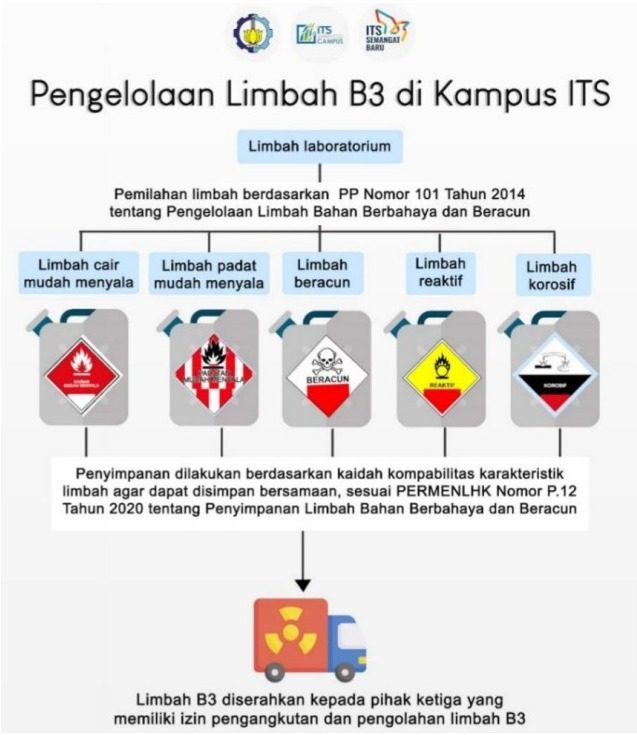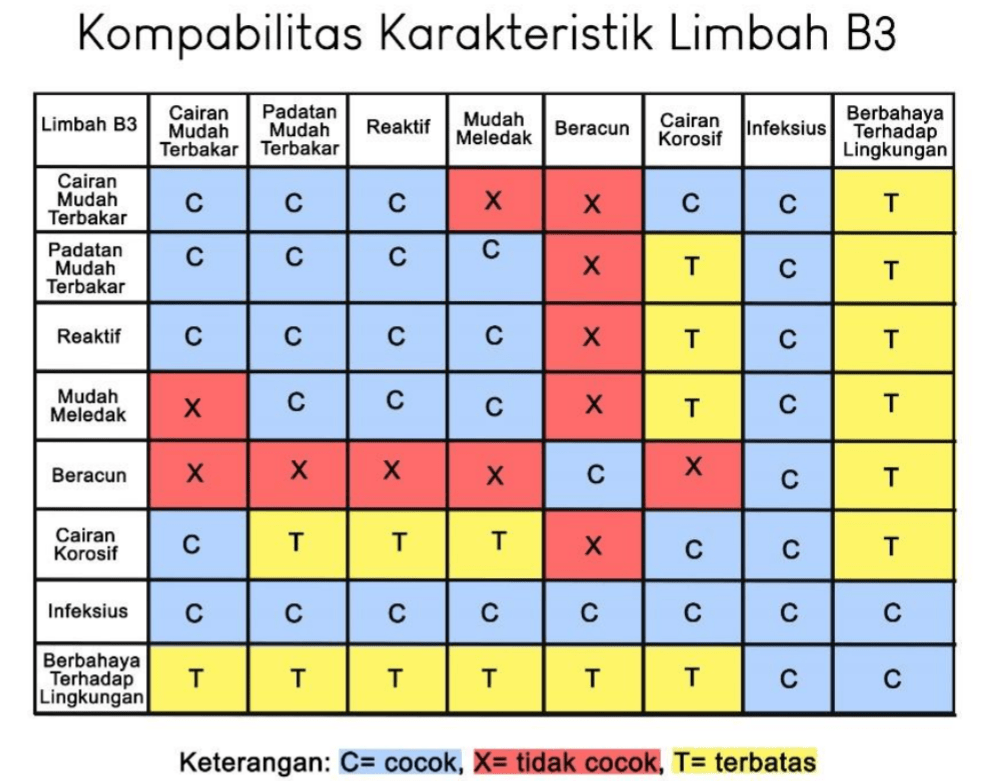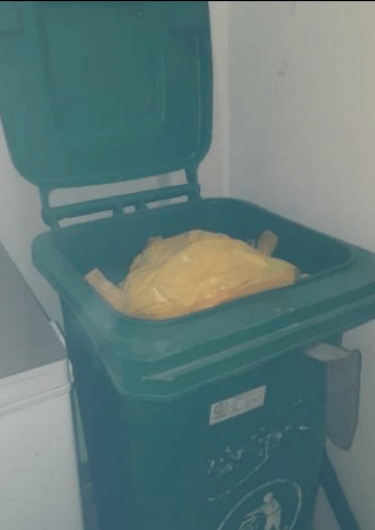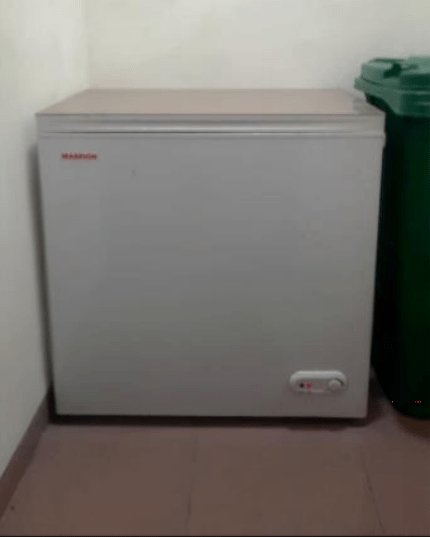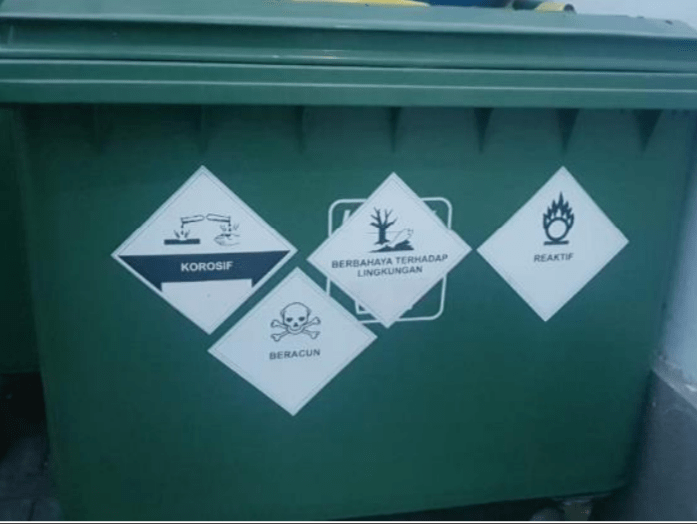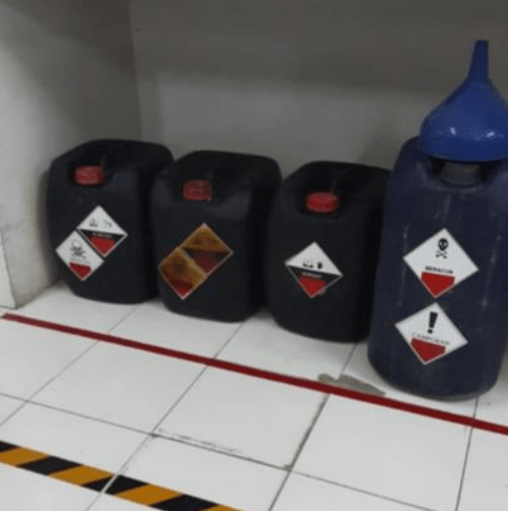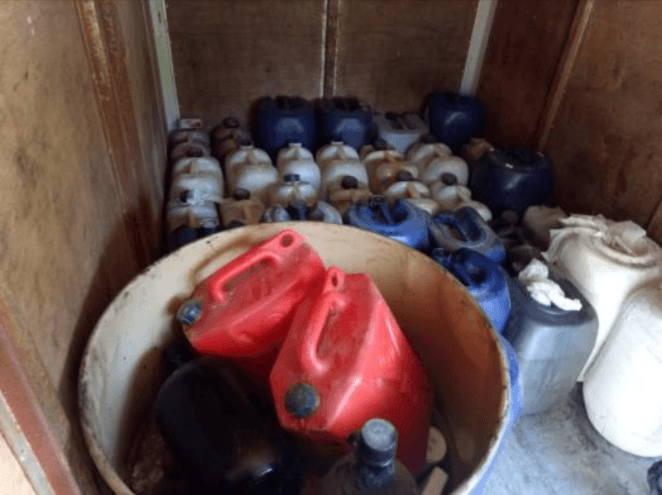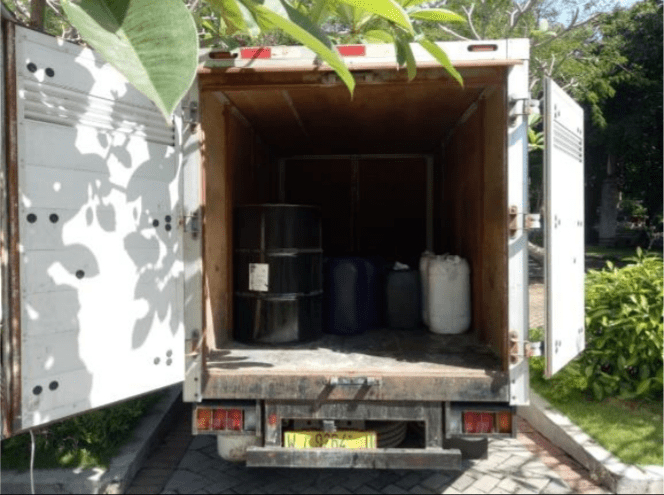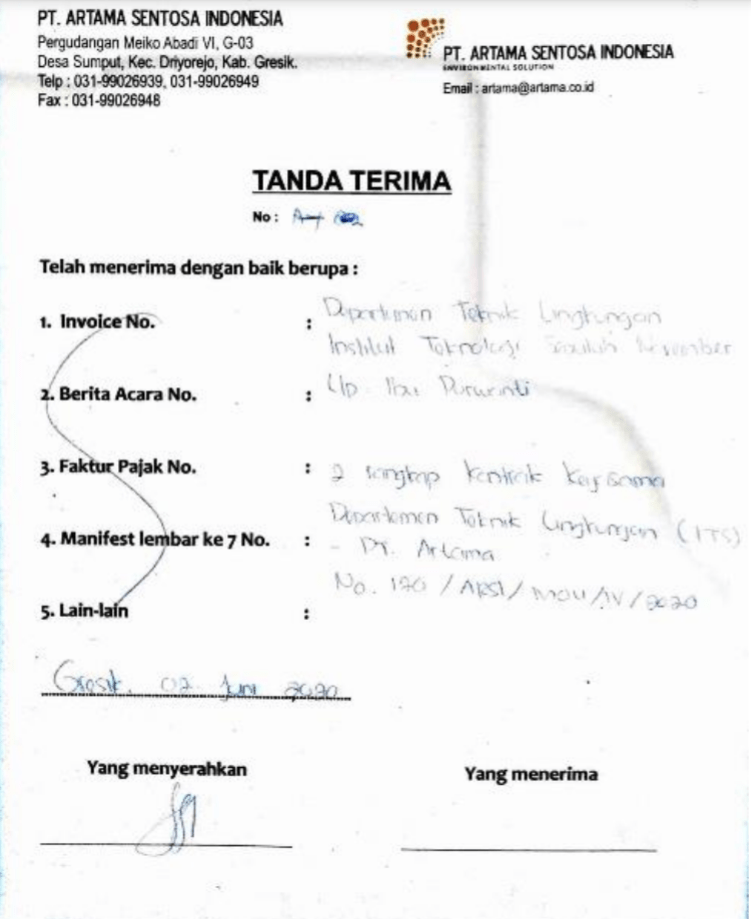The disposal methods for wastewater at ITS are managed technically for down-cycling, including:
Wastewater treatment at ITS is conducted through the Wastewater Treatment Plant or Instalasi Pengolahan Air Limbah (IPAL), which is reused as irrigation water for plants or for toilet flushing. The clean toilet program is one of the Rector’s flagship initiatives to improve environmental sanitation quality on the ITS campus.
Rector’s Circular Letter Number T/95007/IT2/TU.00.08/2019 encourages the wastewater disposal program on the ITS campus, specifically in the following points:
Efforts to Improve Environmental Sanitation:
- Conducting campus-wide initiatives to improve restroom cleanliness;
- Encouraging water conservation efforts by avoiding unnecessary water usage and promoting the reuse of wastewater for irrigation activities;
- Supporting domestic wastewater management through treatment and recycling efforts.
Wastewater treatment at ITS is carried out through the Wastewater Treatment Plant (IPAL), which is reused.
ITS has a policy related to the management of domestic wastewater and laboratory waste. Wastewater from various activities at ITS is treated through the Anaerobic Baffled Reactor (ABR) Wastewater Treatment Plant (IPAL) or a simple waste processing facility using a grease trap and sedimentation pond.
Some IPAL locations at ITS include:
- Wastewater from urinals, sinks, and floor drains in the ITS Rectorate Building bathrooms is treated through the IPAL and reused for toilet flushing.
- Wastewater from urinals, sinks, and floor drains in the ITS Research Center building is treated through the IPAL and reused for toilet flushing.
- Organic wastewater from laboratory activities is managed at the IPAL in the Department of Chemistry and the Department of Environmental Engineering.
- Wastewater from ablution at the Manarul Ilmi Mosque is managed using a holding and aeration pond and is reused for irrigation and as raw water for fish ponds.
- Wastewater from ablution in the Department of Mechanical Engineering is collected in a holding pond and reused for irrigation of plants.
- Wastewater sourced from the central canteen is processed using the ABR IPAL located behind the ITS central canteen.
